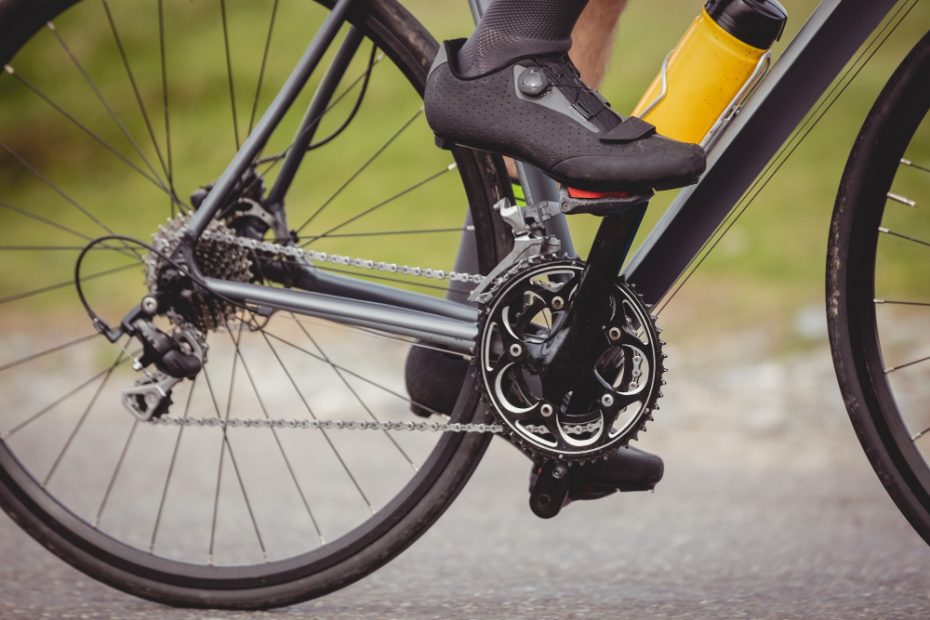Can Road Bikes be Used on Gravel?
Many cycling enthusiasts often wonder whether their road bikes can handle the rugged terrain of gravel roads. Road bikes are designed to excel on smooth and paved surfaces, but can they be used on gravel? The answer is yes, road bikes can be used on gravel, but there are several factors to consider before venturing off the beaten path.
The Basics: Understanding Road Bikes
Road bikes, also known as racing bikes, are specifically built for speed and efficiency on paved roads. They feature lightweight frames, narrow tires, and drop handlebars which promote an aerodynamic riding position. These design features optimize performance on asphalt and allow riders to achieve higher speeds with less effort.
When it comes to riding on gravel, road bikes may not be the first choice due to their limitations. Gravel roads typically have uneven surfaces, loose rocks, potholes, and other obstacles that can pose challenges for road bikes. However, with some adaptations and careful consideration, road bikes can still be used on gravel.
Considerations for Riding Road Bikes on Gravel
Before taking your road bike off-road, here are some important factors to take into account:
- Tire Selection: The most crucial modification you can make to your road bike for gravel riding is choosing the right tires. Standard road bike tires are typically narrow and have low tread patterns, making them unsuitable for gravel. Consider switching to wider tires with increased puncture resistance and added traction for improved stability and control on gravel surfaces.
- Tire Pressure: Adjusting tire pressure is essential when transitioning from pavement to gravel. Lowering the tire pressure slightly allows the tires to conform to the uneven surface, enhancing grip and reducing the risk of sliding. Experiment with different pressures to find the right balance between comfort and performance.
- Frame and Fork Clearance: Road bikes are designed with minimal clearance between the frame and fork and the tires. This narrow clearance can cause issues when riding on gravel, as rocks or debris may get caught, potentially leading to damage or accidents. Ensure your road bike has sufficient clearance to accommodate wider tires and any potential debris that may be encountered.
- Braking Performance: Road bike brakes are optimized for paved surfaces and may not provide the same stopping power on loose gravel. It is important to adjust your riding style and increase braking distances to compensate for reduced traction. Gradually apply the brakes and avoid sudden stops to prevent skidding.
- Riding Technique: Gravel roads require a different riding technique compared to smooth pavement. It is recommended to ride in a more relaxed and upright position to increase stability and improve control. Keep a firm grip on the handlebars, maintain a steady cadence, and avoid sudden steering movements.
The Advantages and Limitations
Using road bikes on gravel roads offers both advantages and limitations. Let’s take a closer look:
Using a road bike on gravel can provide a sense of adventure and allow you to explore new routes and scenery. The lightweight nature of road bikes enables you to cover long distances with relative ease, and the speed capabilities of these bikes can add an exciting dimension to gravel riding.
However, road bikes have their limitations on gravel. The narrow tires and lightweight frames make road bikes more susceptible to punctures and damage from rough terrain. Additionally, the aggressive riding position designed for aerodynamics may become uncomfortable on extended rides over bumpy surfaces. It is important to manage your expectations and understand that road bikes may not perform as well as dedicated gravel or adventure bikes.
Conclusion
In conclusion, while road bikes are primarily designed for paved roads, they can be used on gravel with certain adjustments and considerations. Upgrading to wider tires, adjusting tire pressure, ensuring frame clearance, adapting riding techniques, and managing expectations are all factors that can increase the suitability of road bikes for gravel riding.
However, it is important to note that road bikes will never offer the same level of comfort, stability, and performance as purpose-built gravel bikes. If you plan on frequently riding on gravel or rough terrain, investing in a dedicated gravel bike would be a wise choice. Ultimately, the decision to use a road bike on gravel depends on your preferences, riding objectives, and the conditions you expect to encounter.


